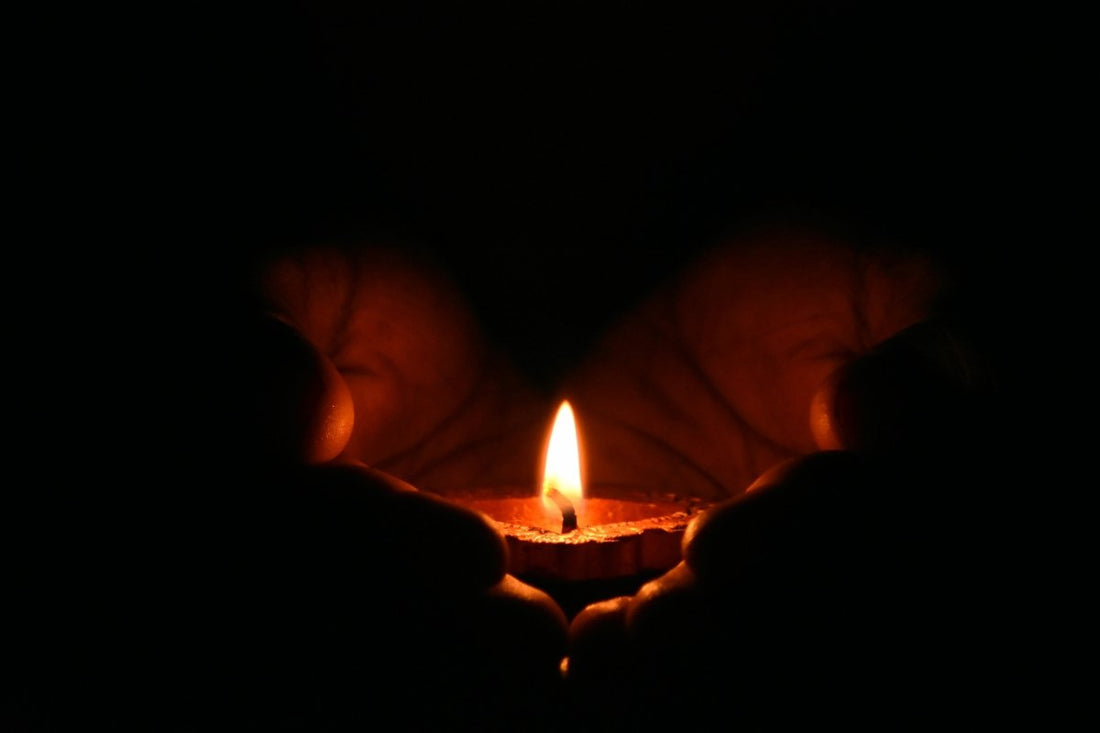
The Fascinating History of Candles: From Ancient Illumination to Modern Luxury
Candles have been a part of human life for thousands of years, lighting our homes, enhancing ceremonies and even serving as symbols of hope and celebration. They have evolved significantly over time, from a basic source of light to a widely used object of decoration and fragrance.
Ancient Beginnings: Lighting the Dark
The history of candles dates back to ancient civilizations, with the first evidence of candle-like objects appearing in Egypt around 3,000 BCE. These early "candles" were made from papyrus or rushes that were soaked in animal fat and lit at the top. They functioned more like torches, providing light in an otherwise dark world.
In ancient Rome, candles began to take a more familiar form. Romans used tallow (rendered animal fat) to create crude wicks and molds, offering a consistent, portable light source. These early candles were mainly used for religious ceremonies and during rituals, but also played a crucial role in homes and public spaces, where oil lamps were often impractical or expensive.
The Middle Ages: Wax, Wicks, and the Church
By the Middle Ages, candle-making had become more refined, with beeswax taking the place of tallow for better quality candles. Beeswax candles produced a brighter and cleaner flame, making them highly desirable, particularly for churches. The church was one of the main places that used candles extensively, and they were often a symbol of divine light.
Candle-making became a respected craft during this period. Candlemakers, or "chandlers," were considered highly skilled artisans. In fact, the word "chandler" comes from the Old French word chandelier, meaning "candle maker" or "torchbearer." Candles in the Middle Ages were not just a means of illumination but also a status symbol. Wealthy individuals and churches used beeswax candles, while the lower classes still relied on tallow-based versions.
The 17th and 18th Centuries: Refinement and Growth
As Europe entered the Renaissance and Baroque periods, candles became more refined, with improvements in both quality and aesthetics. Tallow remained common among ordinary people, but by the 17th century, spermaceti (a wax derived from the head of sperm whales) began to replace both tallow and beeswax. Spermaceti candles burned brighter, cleaner, and longer, making them a preferred choice for wealthy homes.
The 18th century saw the rise of the modern candlemaking industry. As the demand for high-quality candles grew, manufacturers began experimenting with different types of wax, including stearin, a fatty acid extracted from animal fats, which was eventually used in the production of candles in the 19th century. This period also saw the introduction of candle holders and sconces, with elaborate designs becoming a symbol of luxury in homes and palaces.
The Industrial Revolution: Mass Production and New Materials
The Industrial Revolution in the 19th century brought major changes to many industries, and candle-making was no exception. As manufacturing processes improved, so did the accessibility of candles. The mass production of candles allowed them to become more affordable, and they began to be used in everyday life, not just for religious purposes or luxury.
One of the most important developments was the creation of stearin candles in the 1830s. Made from animal fats, stearin candles burned cleaner than their tallow predecessors and were less prone to dripping. At around the same time, the introduction of paraffin wax (a byproduct of oil refining) revolutionized candle production. Paraffin was odorless, burned longer, and was more affordable than beeswax or spermaceti.
This period also saw candles become integral to the growing middle class, with candles now used for decorative purposes, in addition to their practical use for lighting. People started to use candles in chandeliers, candelabras, and other ornamental holders, making them a popular part of interior decor.
The 20th Century: Candles in the Modern Age
As electricity became widespread in the late 19th and early 20th centuries, the role of candles shifted from a necessity to a luxury and aesthetic item. By the mid-1900s, candles had largely been replaced by electric lights, but they remained popular for special occasions and decorative purposes.
The 20th century saw the rise of scented candles, which were introduced in the 1960s. These candles, made with essential oils or synthetic fragrances, provided a way to not only light a room but also to enhance its atmosphere with pleasant smells. The growing wellness movement also contributed to the rise of candles, as they were marketed as a means of relaxation, meditation, and creating a calming environment.
In the late 20th and early 21st centuries, candles saw a resurgence in popularity, becoming central to home décor, gift-giving, and even self-care routines. Today, candles are available in an endless array of colors, shapes, and fragrances. They are made from various materials, including soy wax, beeswax, paraffin, and palm wax, catering to different preferences and environmental concerns.
Candles Today: A Multifaceted Symbol
In today’s world, candles are used for much more than just light. They are symbols of relaxation, intimacy, and celebration. Candles are seen in everything from birthday parties to holiday dinners, from religious ceremonies to personal rituals. They are commonly associated with calm, comfort, and creating a soothing atmosphere. The variety of shapes, colors, and scents available allow individuals to express their personalities, create ambiance, and even address environmental concerns with eco-friendly materials like soy or beeswax.
Modern candles are also popular for their role in wellness and mindfulness. Many people use candles to set a mood, whether it’s for a bath, meditation, or as part of a dinner party. Scented candles, in particular, are known to have therapeutic properties, with certain fragrances linked to mood enhancement, stress reduction, and improved sleep.